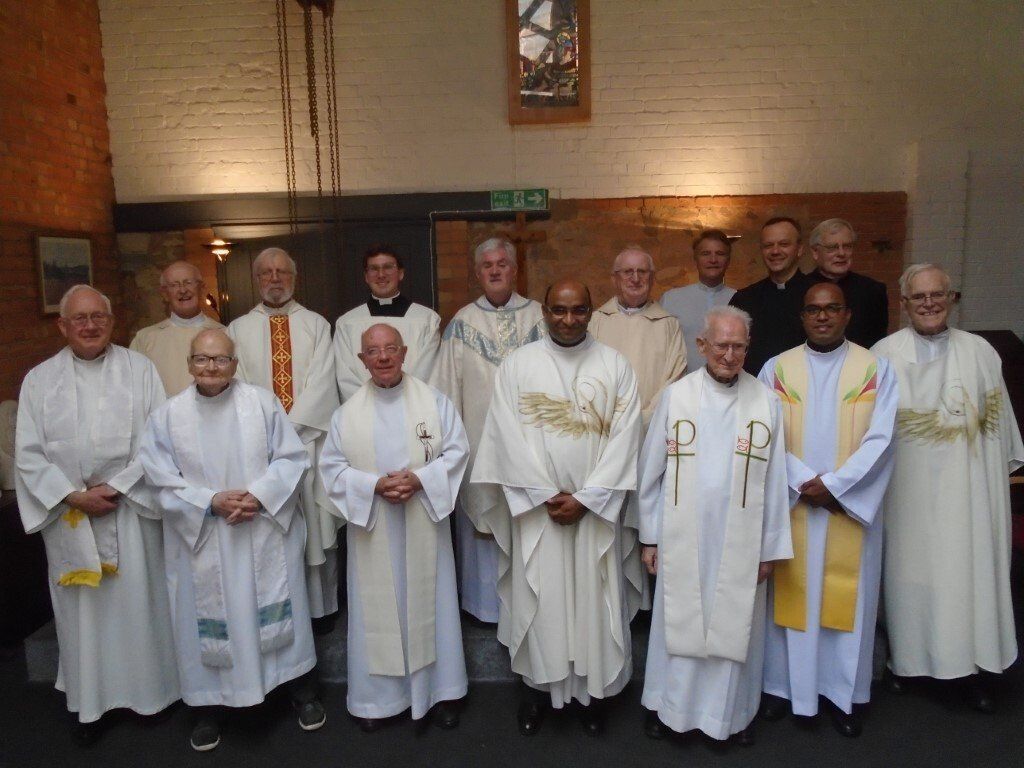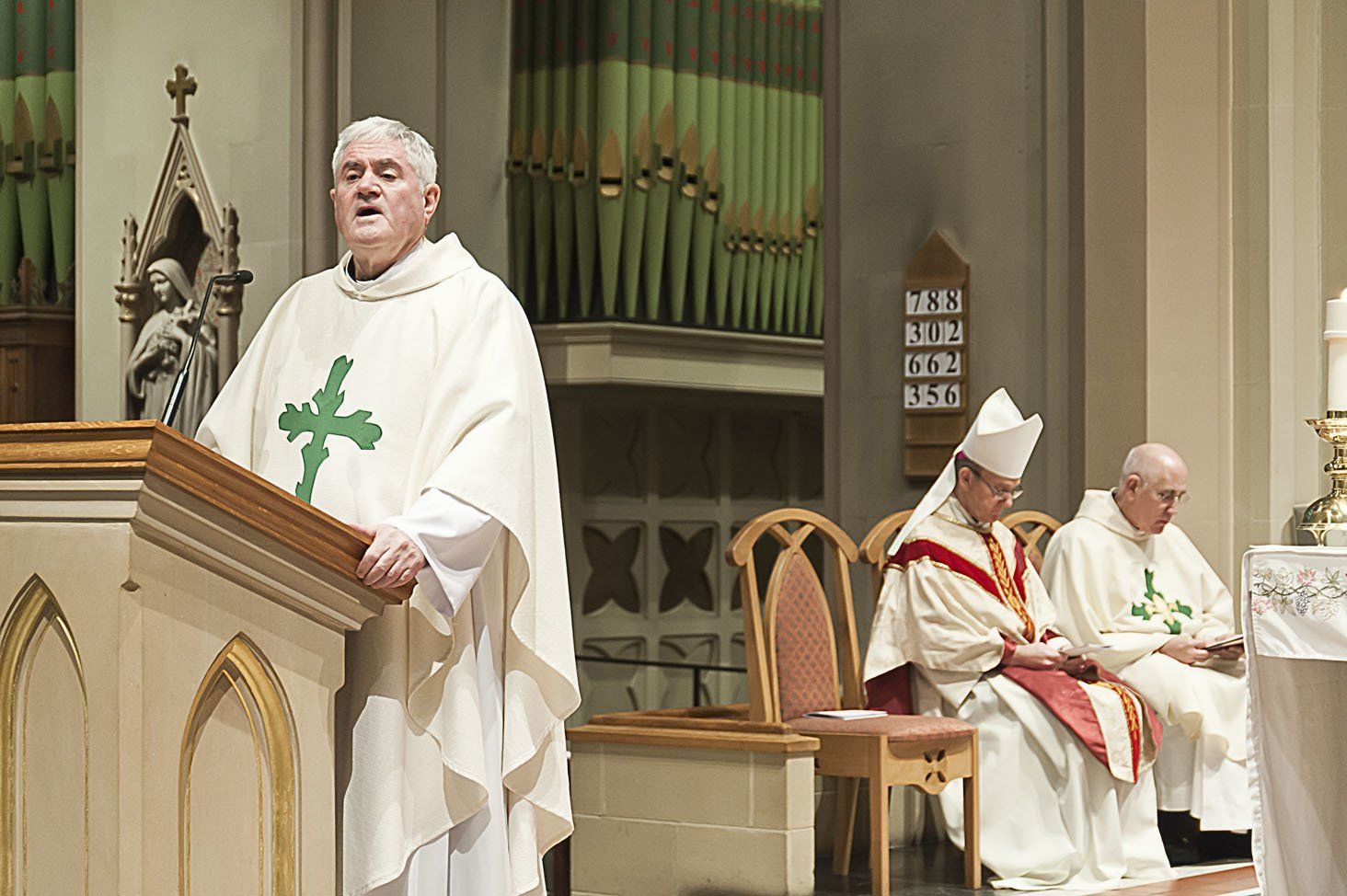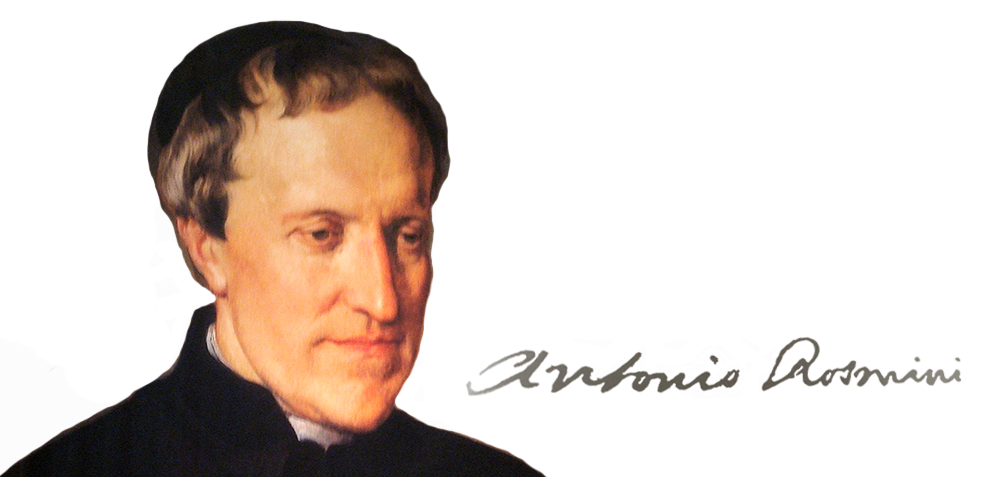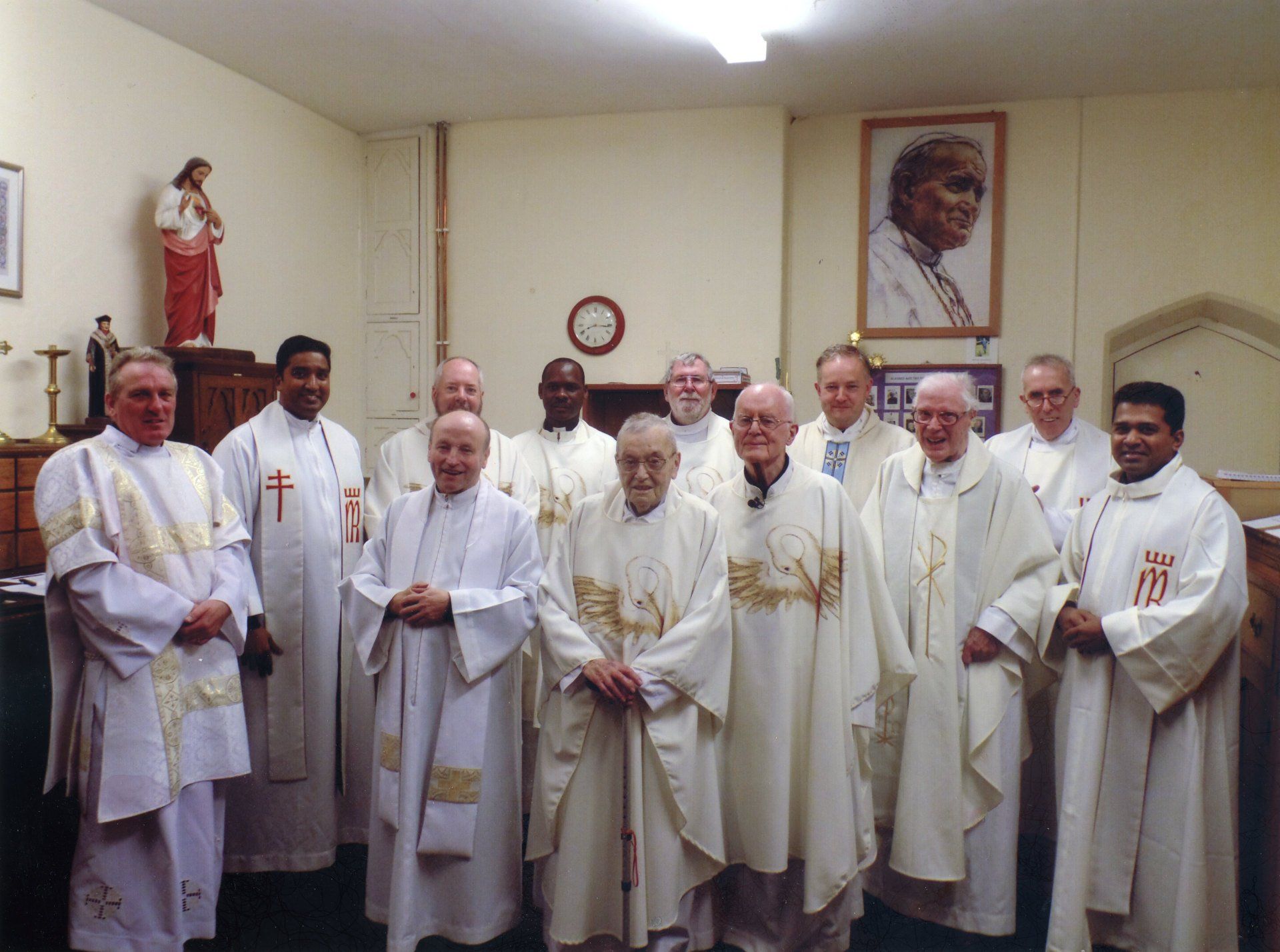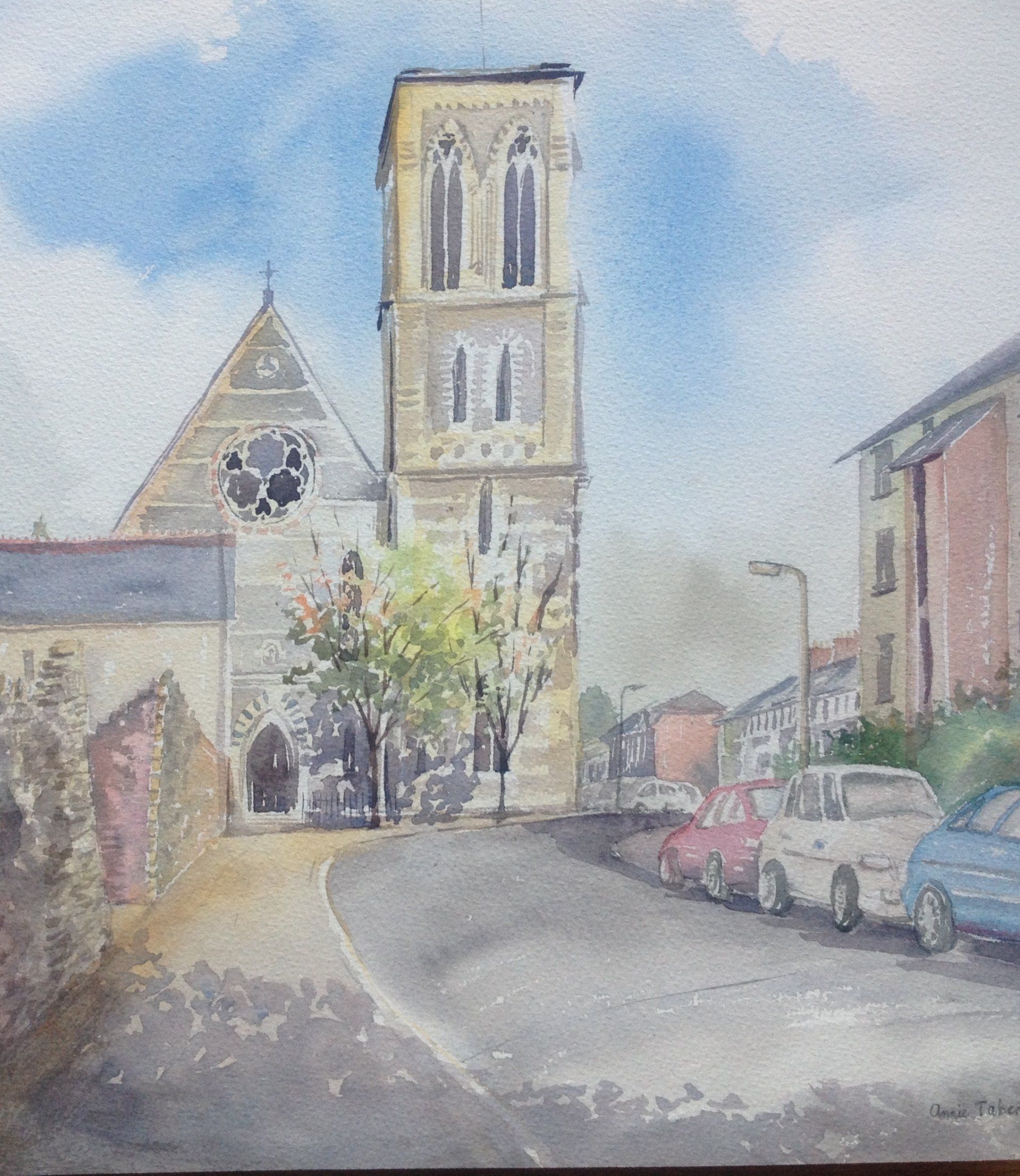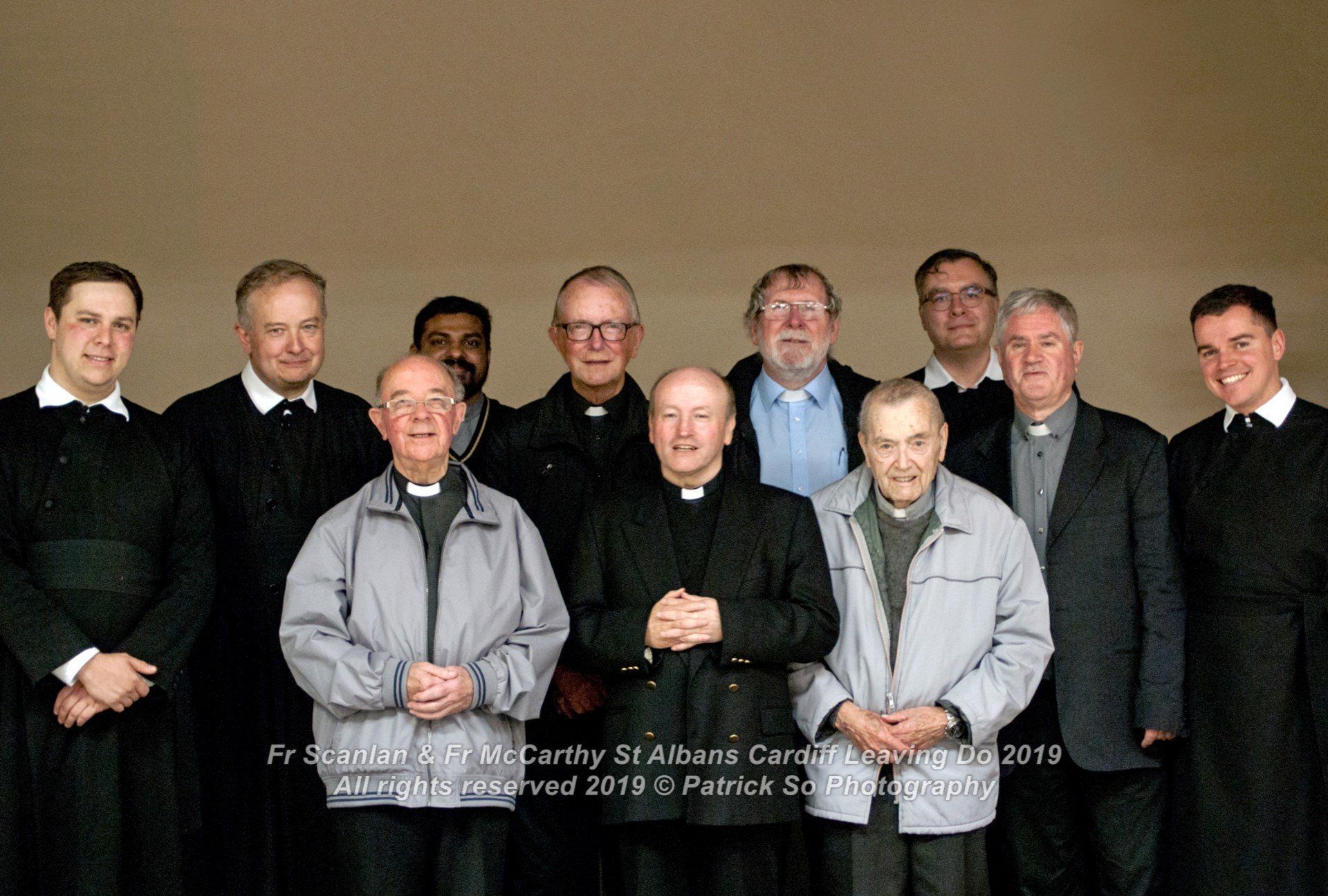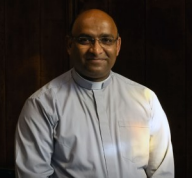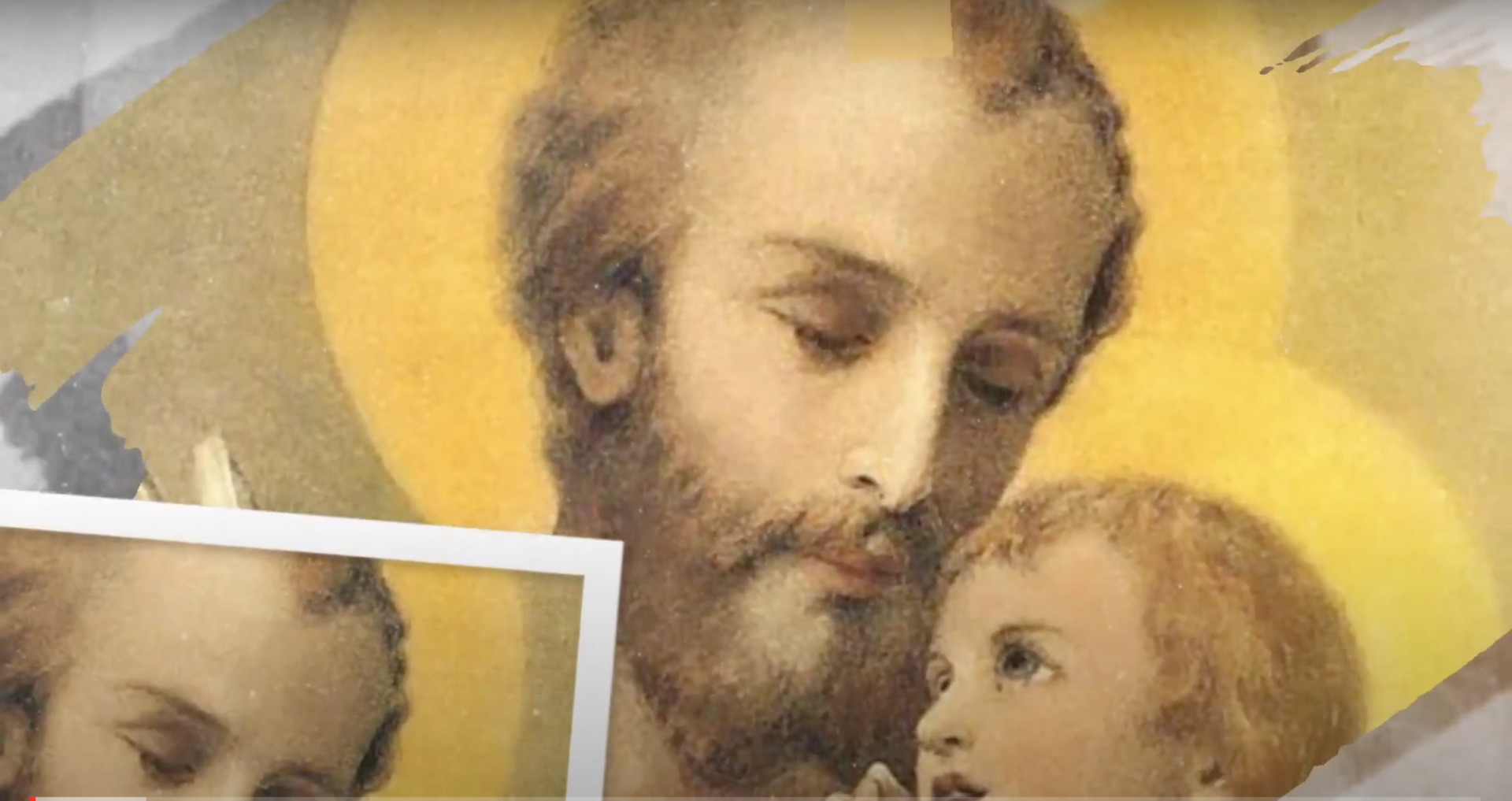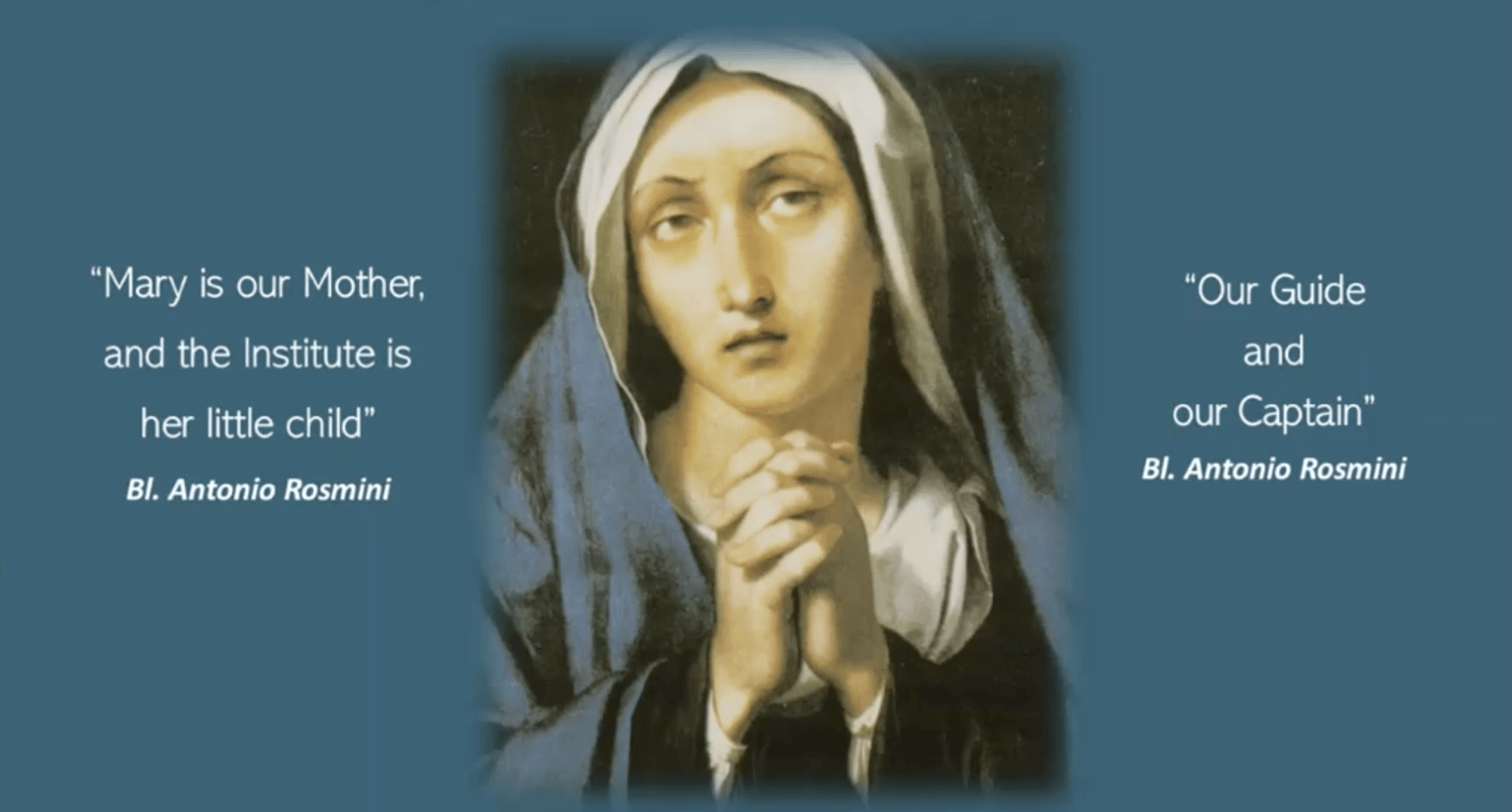St Peter's Cardiff - Served by the Rosminians
Rosminians Cardiff • July 13, 2025
About St. Peter's Cardiff
Three members of the Institute of Charity arrived in England. In 1847 the order was asked to take charge of Newport, and in 1854 it also took charge of Cardiff.
Background
St Peter's Parish, Roath, Cardiff is one of the oldest Catholic parishes. The Rosminian Fathers responded to Bishop Browns plea to send some priests from Newport (begun in 1847) to Cardiff in 1854.
All of Cardiff and surrounds were entrusted to the Rosminians. They were the priests until 1885 or so. In 1881 there were 10,000 Catholics in Cardiff, one third of the population. Fr Fortunatus Signini was keen to build St Peters 1854 to 1862. Fr Stephen Bruno spent all his priestly ministry in Cardiff. Fr Gastaldi and Fr Costa joined them. Fr Signini put all his efforts into building Catholic Schools.
From street collections among Catholics he was able to begin schools and then develop other parishes such as St Patricks and St Marys. Three Rosminian Sisters arrive in 1856 and looked after their first school in David Street.
The beginning of a long successful mission to many schools in Cardiff.
The Parish of St Peter's today is a thriving community, truly international in membership. Being very central to the city it ministers to an established older community as well as a younger student group and young families, many of whom have come from overseas. It has devotional groups, charitable outreach through the St Vincent de Paul and Justice group, musicians, singers, altar servers, the St Peter's Rugby Club, scouts and brownies. The Parish Council has oversight of various activities. For the year 2000 an enhanced peal of bells was installed and a full redecoration of the interior of the church. More recently, 2006, a new Swiss Spath organ was donated. In 2007 many parishioners formed a group to travel to Novara, Italy for the Beatification of Father Antonio Rosmini. 2010 saw the 150th Anniversary of the first Mass at St Peters. In 2020 the Citizen's group was influential in assisting a Syrian refugee family to settle in the city. The Rosminian community comprises four members.
Parish Priests
Fr. Chris Fuse
Fr Shinto Kumminiyil
Fr Benny Dennis
Deacon Mike Randell
St Peters Catholic Church
St. Peter's Presbytery, St Peter's Street, Roath, Cardiff, CF24 3BA
https://stpeters-roath.co.uk/
More about the Rosminians in South Wales - View Here
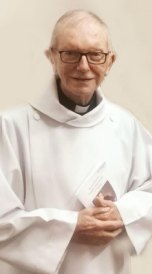
With deep sorrow, we hear of the news of the passing of Br Brian, who peacefully went to be with the Lord on last Sunday 28th September 2025. Please remember his family in our prayers. The Reception of Br. Brian into the Church will be on Sunday 12th October at 6:00pm in St. Joseph's Cardiff, followed by Mass. His Requiem Mass will be on Monday 13th October at 9:30am at St. Joseph's, followed by burial at Western Cemetery at 11:30.
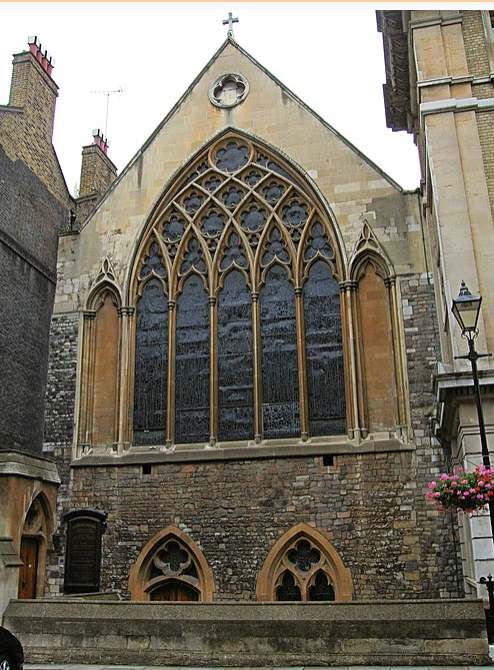
St Etheldreda’s Church was the town chapel of the Bishops of Ely from about 1250 to 1570. It is the oldest Catholic church in England and one of only two remaining buildings in London from the reign of Edward I. It was once one of the most influential places in London with a palace of vast grounds. It was like an independent state, the Bishop of Ely’s place in London or Ely Place as it is now called, and its chapel took its name from one of England’s most popular saints of the day, Etheldreda. In 1829, the Catholic Emancipation Act was passed and for the first time for 300 years it was no longer illegal for Catholics to have churches and say mass. In June of 1835, three Italian priests arrived at Tilbury. They were members of the Institute of Charity, founded by Antonio Rosmini, and later to become known as Rosminians. They introduced into England a new form of clerical dress, the Roman collar or dog collar. The Rosminians had worked very successfully in the Nottingham and Leicester areas and later in North London. The Rector of the North London Mission was Father William Lockhart, an Oxford convert and friend of the man who was to become the great English Cardinal, John Henry Newman; and it was Lockhart’s conversion that finally convinced Newman that he too should become a Catholic. The then Cardinal, Henry Manning, wished the Rosminians to serve in the slum areas of Holborn. Father Lockhart was chosen for this task. And in December 1873, he learned that the ancient Chapel of St Etheldreda’s was about to be sold by auction. Father Lockhart faced competition from the Welsh Episcopalians, who had the backing of a Welsh steel magnate. But at the auction, the Welshmen made a mistake. They thought Father Lockhart’s agent was theirs, so they stopped bidding. And with the next bid of £5,400 St Etheldreda’s was knocked down to the Rosminians. Parish Priests Fr. Fr Tom Deidun IC St Etheldreda's Catholic Church St Etheldreda's Church, 14 Ely Place, London, EC1N 6RY http://www.stetheldreda.com/
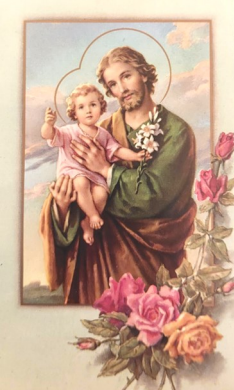
After the Blessed Virgin Mary, St Joseph is the greatest of the saints. He is the one “into whose custody God entrusted his most precious treasures,” Jesus and Mary, out of all of the men who will ever live. The Church honors St Joseph on March 19th for his faithfulness to God and to his vocation as Custodian of the Redeemer. From St Joseph, we can learn about the importance of faith when we see how deeply he believed the message of the angel and took Mary home as his wife. We also understand what courage is when we hear about the flight into Egypt, and how St Joseph was obedient to God, even in the midst of great trials and danger. St Joseph is the patron saint of the Universal Church, unborn babies, families, fathers, immigrants, social justice, carpenters, those seeking employment, realtors, and a happy death. “Go to Joseph with extreme confidence, because I do not remember having asked anything from St. Joseph, without having obtained it readily.” ~ St. Padre Pio St Joseph, pray for us. ( Source: Catholic News Agency )

Laetare, taken from the first words of the Entrance Antiphon, “Laetare Jerusalem” which means “Rejoice, Jerusalem”. On this Sunday the Church expresses hope and joy in the midst of our Lenten fasts and penances. Laetare also reminds us of the event we look forward to at the end of the penitential season and the joy in anticipation of the resurrection.
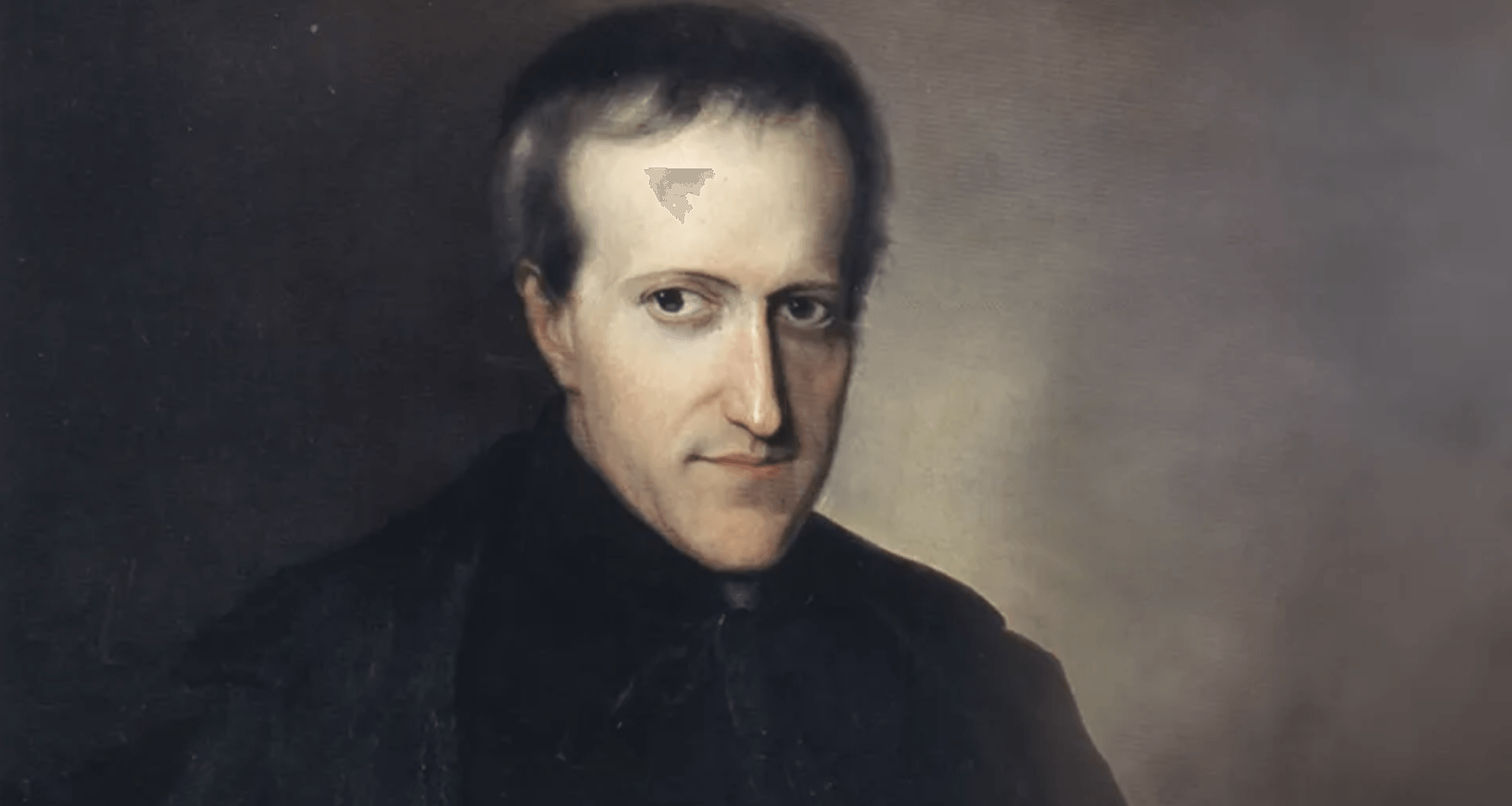
20th February Blessed Antonio Rosmini had wanted to write the Constitutions (the aims or purpose and way of life for his Institute of Brothers and Priests) in a secluded place, but what awaited him on the Sacred Mountain of Calvario was something more like a haunted castle. So what did Antonio Rosmini do? From this wilderness and disorder he created a humble home and wrote the Constitutions or foundations of his Order. In silence and prayer, and with great patience and trust, he set about his work. On the 20 February 1828, he spent the next two months writing the Constitutions in his small and simple room called 'La Cella' or the Cell; hence the name of this feast and day of celebration.
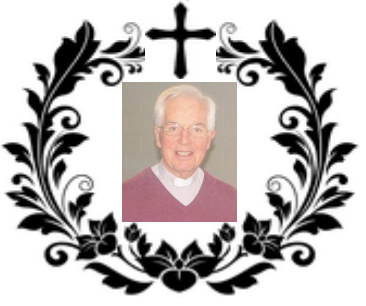
Father Michael Hill has gone to the Lord. He passed away on Thursday 6th July in Christchurch, New Zealand. He worked most of his life in New Zealand. He was the editor of the international Catholic magazine Tui Motu InterIslands and he was the author of the book, Antonio Rosmini — Persecuted Prophet. We pray for his eternal rest.
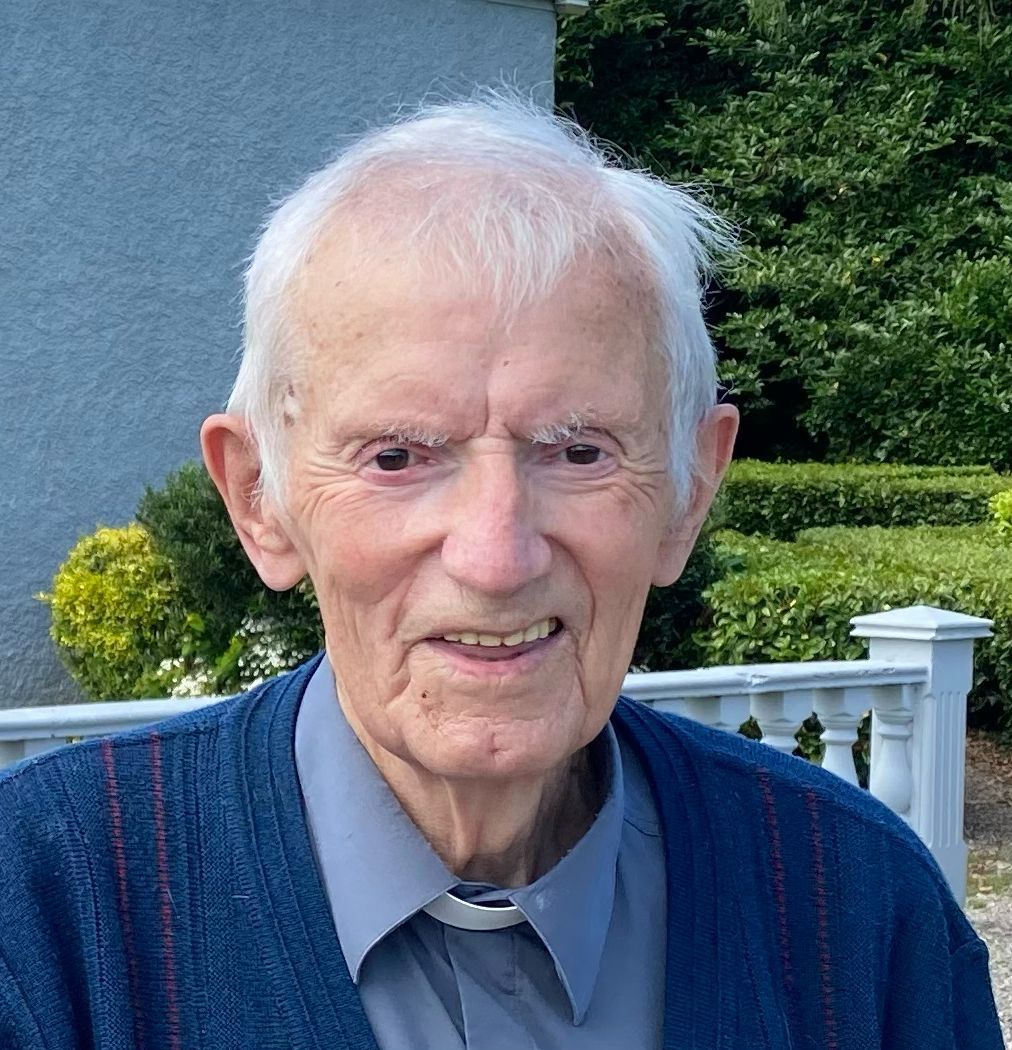
With sadness we hear that Fr Jim has gone to celebrate Christ the King in the kingdom of the servants of God. The last 24 hours he was extremely weak and died at 5.00 am Saturday morning 20th November. The funeral will be in Dublin on Tuesday 23rd. . We will pray for him at holy Mass and in our divine Office. He will be praying for us as he has been, as don Marco Tanghetti, our new Father General told us when he went to visit him. May he Rest in Peace.

